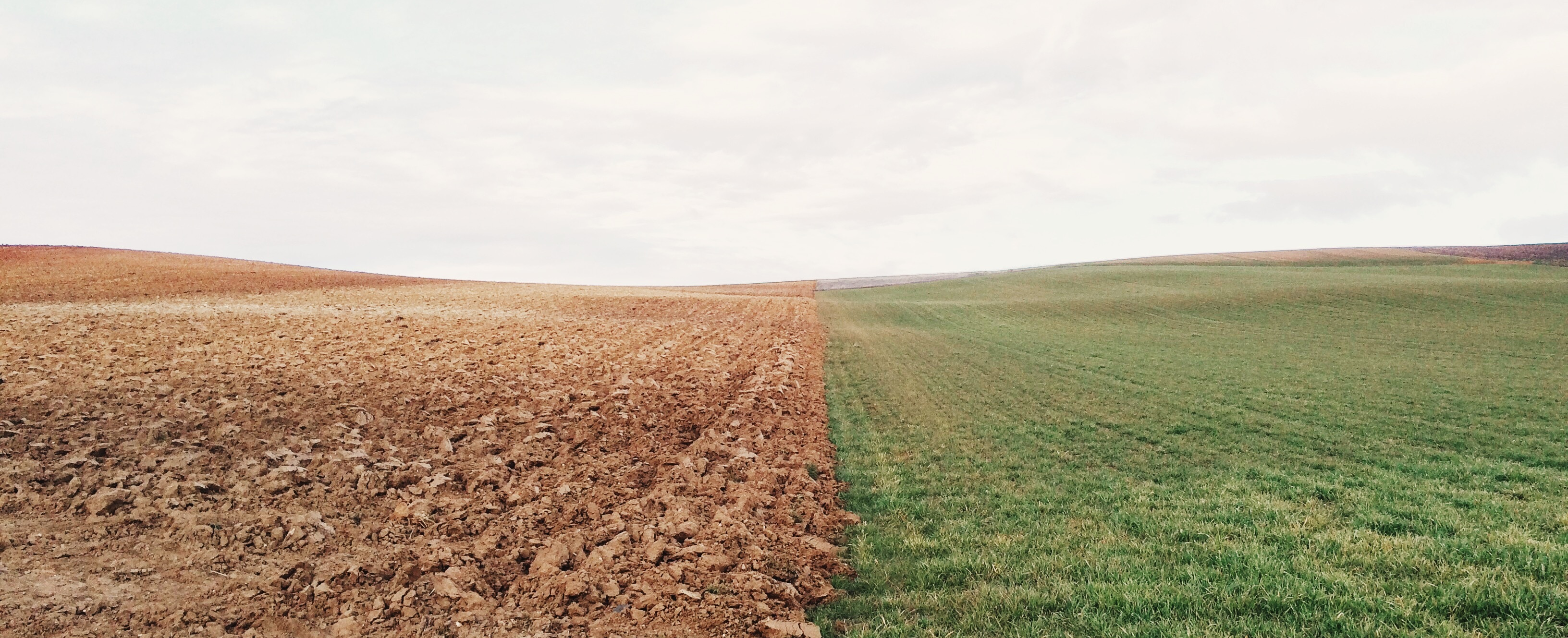In my last post I discussed the differences between RRSPs and TFSAs and where the strengths of each lie. Today I want to discuss how RRSPs are commonly used and how that works in favour of retirees.
Last time we looked at what happens when you withdraw from your savings when you are already earning an income and thus had a steady tax rate applied to your withdrawals. For most people though, you live off of your retirement savings as a primary source of income and so you cannot just look at a marginal tax rate1. You need to use the full progressive income tax bracket set to apply an effective tax bracket.
Comparison
To keep numbers simple, let’s assume that our hypothetical investors are 30 years old and want to retire at 50 with whatever money is saved in their investment accounts (currently $0). They have $10,000 pre-tax dollars to invest with each year and are in the 30% marginal tax bracket. They are investing in a hypothetically stable market that will return exactly 10% per year forever, so planning should be nice and simple. We will assume they have enough contribution room in their RRSP/TFSA from previous years that they will not need to worry about limits.
Which account will give our investor the most money each year in retirement?
Case 1 - TFSA
If investing in a TFSA each year at a 30% marginal rate, our investor will have $7,000 available to put into their account every year. Plugging this into our trusty compound interest calculator, we see that in 20 years at age 50 our investor will have $441,017.50. Since this investment account can be withdrawn from tax free and it is returning 10% indefinitely, our investor can live on $44,101.75 every year and never run out of money.
Case 2 - RRSP
Since RRSP contributions use pre-tax dollars, our investor is able to put the full $10,000 in their account every year. After 20 years, they will be left with a retirement account worth $630,024.99. This investment account will continue to grow by 10% each year, so our investor should be able to withdraw 10% every year and never run out of money. That gives us $63,002.50 each year to work with.
Since this money is coming out of an RRSP, these withdrawals are fully taxed as though they were regular income. $63k puts our investor in the 30% marginal tax bracket in Ontario. Based on our discussion last time you would think that this would mean RRSPs and TFSAs are exactly the same for this investor ($63k * 70% = $44.1k). However, since the withdrawal amounts are so large and are the only source of income for our investor in retirement, we need to look at the effective tax rate instead of the marginal tax rate.
The effective tax rate for someone in Ontario earning $63k is only 19%. This means our retiree will have $51k each year in retirement, 16% more than if they had invested in a TFSA instead!
So what?
Knowing how the progressive tax system makes RRSPs even more powerful by simply shifting your income tax from one bracket to another, you can use it to your advantage in your own financial planning. Want to retire early? Invest in an RRSP over a TFSA to cut down the time it takes to get to your desired spending level. Want to live it up when you retire? Use the RRSP to give yourself more to work with in retirement. Want to spend more in your saving years? Make smaller contributions to your RRSP than you would to your TFSA to end up with the same amount. Want a bigger safety net to account for fluctuation in market returns in retirement? Your RRSP has got your back.
The only time it really starts to make sense to use a TFSA over an RRSP is if you might need to use the money earlier when you are still earning an income or if you want to spend a lot more in retirement than you earned during your earning years. And of course, if you have used up all of your RRSP contribution room and you still have more money to invest, you might as well toss that into your TFSA.
As with any financial info you get from strangers on the internet, be sure to run the numbers yourself for your own situation to make sure you are making the right decision for you. The numbers in this article are chosen to make the math simple, but the concepts apply just the same to more realistic values as well.
-
Your marginal tax rate determines the amount of tax you will pay on the next dollar that you earn. Your effective tax rate is essentially the average tax rate paid on all of the dollars you earned. Because of our progressive tax system with personal tax credits and lower rates on the lower income tiers, effective tax rates are much lower than marginal rates. To learn more about tax brackets, check out GraphTax.ca. ↩


